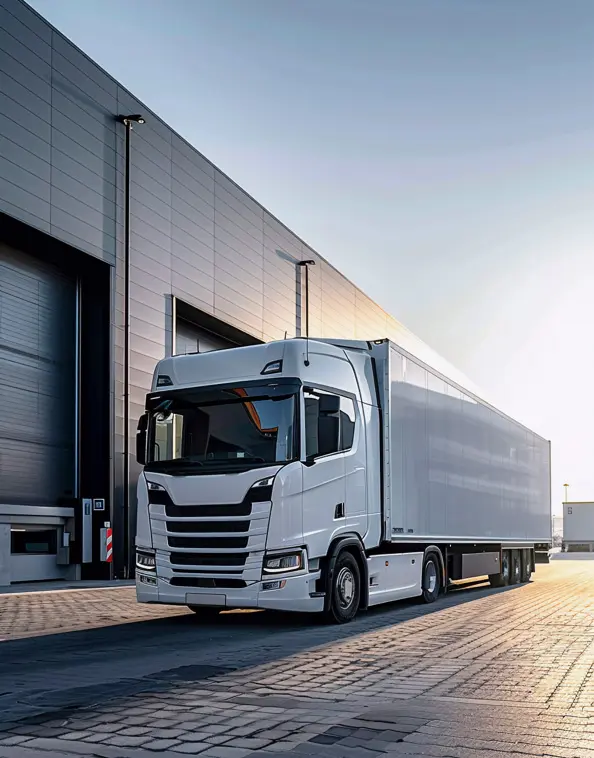Road bottlenecks and soaring fuel prices have pushed shippers to rethink how they move bulk cargo between Tanzania, DRC, Burundi, and Zambia. Inland water freight on Lake Tanganyika is stepping up as the smart alternative—and here’s why:
- Lower Cost per Tonne‑Kilometre
A single barge can carry the load of more than 150 trucks, cutting fuel spend and driver fees dramatically. - Fewer Border Delays
Lake routes clear only two customs points (port in, port out) versus multiple road checkpoints. - Reduced Carbon Footprint
Waterborne transport uses up to 80 % less fuel than trucking the same distance. - Minimal Cargo Damage
Smooth lake conditions mean less vibration, lowering breakage and insurance claims. - Direct Port‑to‑Port Connectivity
Shippers bypass fragile road links, especially during the rainy season, ensuring consistent lead times.
Takeaway: Moving grain, cement, and containers by lake isn’t just green—it’s good business. Talk to Made‑Hua about adding inland water legs to your supply chain.

